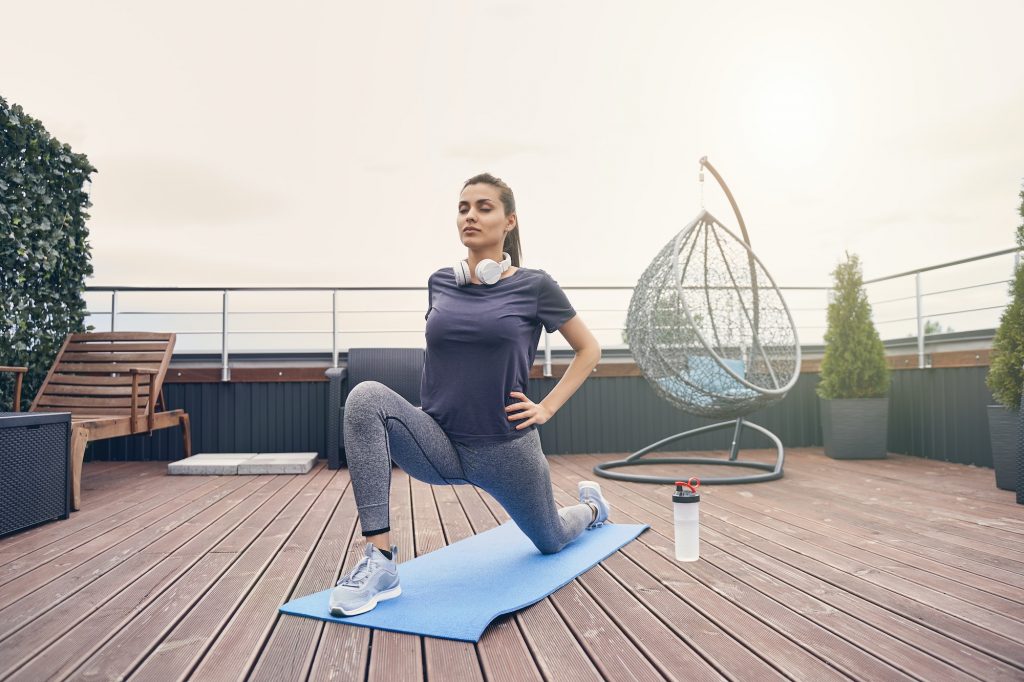We all know that the world is facing numerous environmental issues, including global warming, air pollution, and the degradation of natural resources. As responsible citizens and building owners, we need to do our part in mitigating these issues. We can do this by installing a green roof system on our buildings.

What is a Green Roof System?
A green roof system is a roofing system that is covered with vegetation. It’s also known as a living roof or a vegetated roof. The primary components of a green roof system are a waterproof membrane, a drainage layer, a growing medium, and plants. There are two types of green roof systems: intensive and extensive. Intensive green roof systems are thicker and can support a greater variety of plants, while extensive green roof systems are thinner and support low-growing vegetation.
Advantages of Green Roof Systems
Green roof systems offer many benefits, including environmental, economic, health and well-being, and aesthetic benefits.
Environmental Benefits
Green roof systems help to reduce the urban heat island effect, which occurs when cities are significantly warmer than rural areas due to the large amounts of concrete and asphalt. The vegetation on a green roof helps to absorb and retain moisture, which helps to regulate the temperature of the building and the surrounding area. Additionally, green roof systems help reduce stormwater runoff, which significantly contributes to water pollution.
Economic Benefits
Green roof systems can also offer economic benefits. Building owners can increase the energy efficiency of the building, as the vegetation helps to regulate the temperature and reduce the need for air conditioning. This, in turn, can lead to lower energy bills. Additionally, green roof systems can increase the roof’s lifespan, as vegetation helps protect the roof membrane from UV rays and other environmental factors. This can result in fewer repairs and replacements, saving building owners money in the long run.
Health and Well-being Benefits
Green roof systems also offer health and well-being benefits for building occupants. The vegetation on a green roof can improve air quality by removing pollutants and releasing oxygen. Additionally, green roof systems can provide a peaceful and calming environment, which can help to reduce stress levels and improve overall well-being.
Aesthetic Benefits
Finally, green roof systems offer aesthetic benefits. The vegetation on a green roof can add a natural, attractive element to a building, improving its overall appearance and increasing its property value. Additionally, green roof systems can provide a unique and beautiful feature for building occupants, such as a rooftop garden or a green space for relaxation.
Installation of Green Roof Systems
Installing a green roof system requires proper preparation, design, and installation. The first step in the process is to assess the suitability of the building for a green roof system, including its structural capacity and accessibility. Next, the design of the green roof system must be created, considering factors such as the weight of the system, drainage, and the type of vegetation to be used. Finally, the green roof system must be properly installed, including the waterproof membrane, drainage layer, growing medium, and vegetation. Ongoing maintenance is also required to ensure the longevity and health of the green roof system.
Cost of Green Roof Systems
The cost of a green roof system can vary depending on several factors, including the roof size, the type of vegetation to be used, and the location. The initial cost of a green roof system can be higher than that of a traditional roofing system, but it can also offer long-term cost savings. For example, the increased energy efficiency of a green roof system can result in lower energy bills, and the extended lifespan of the roof can result in fewer repairs and replacements.
Green Roof Systems for Different Building Types
Green roof systems can be installed on various residential, commercial, industrial, and public buildings. Each type of building may have different requirements and considerations, such as weight restrictions or accessibility, but green roof systems can benefit all building types.
Common Concerns about Green Roof Systems
Despite the many advantages of green roof systems, there are also some common concerns that building owners may have. One concern is the system’s weight, which can be substantial due to the vegetation, growing medium, and other components. However, proper design and engineering can ensure that the building’s structure correctly supports the system’s weight. Other concerns include drainage, accessibility, and durability. These concerns can be addressed through proper design and installation processes.
Conclusion
In conclusion, green roof systems offer various environmental, economic, health and well-being, and aesthetic benefits. From reducing the urban heat island effect to improving air quality and providing a peaceful environment, green roof systems are a valuable investment for building owners. Although there may be some initial costs and concerns, the long-term benefits make green roof systems a wise choice for those looking to do their part in mitigating environmental issues and improving the health and well-being of building occupants.
FAQs
- What is the lifespan of a green roof system?
The lifespan of a green roof system can vary depending on several factors, including the type of vegetation used, the quality of the installation, and the maintenance regimen. A green roof system can last up to 30 years or more with proper care and maintenance.
- Can a green roof system be installed in any building?
Not all buildings are suitable for a green roof system. The suitability of a building for a green roof system depends on several factors, including its structural capacity, accessibility, and location. A building assessment should be performed to determine the suitability of the building for a green roof system.
- How much maintenance is required for a green roof system?
The maintenance required for a green roof system depends on several factors, including the type of vegetation used, the climate, and the quality of the installation. Ongoing maintenance is required to ensure the health and longevity of the green roof system, including watering, weeding, and pruning.
- Are green roof systems expensive compared to traditional roofing systems?
The initial cost of a green roof system can be higher than that of a traditional roofing system. However, the long-term benefits, including increased energy efficiency and extended lifespan, can result in cost savings for building owners.
- Can green roof systems be used for large scale projects?
Yes, green roof systems can be used for large scale projects, such as commercial or public buildings. The design and installation process may be more complex for large scale projects, but the benefits of a green roof system can still be achieved.
In conclusion, green roof systems are a valuable investment for building owners looking to do their part in mitigating environmental issues and improving the health and well-being of building occupants. Although there may be some initial costs and concerns, the long-term benefits make green roof systems a wise choice.
